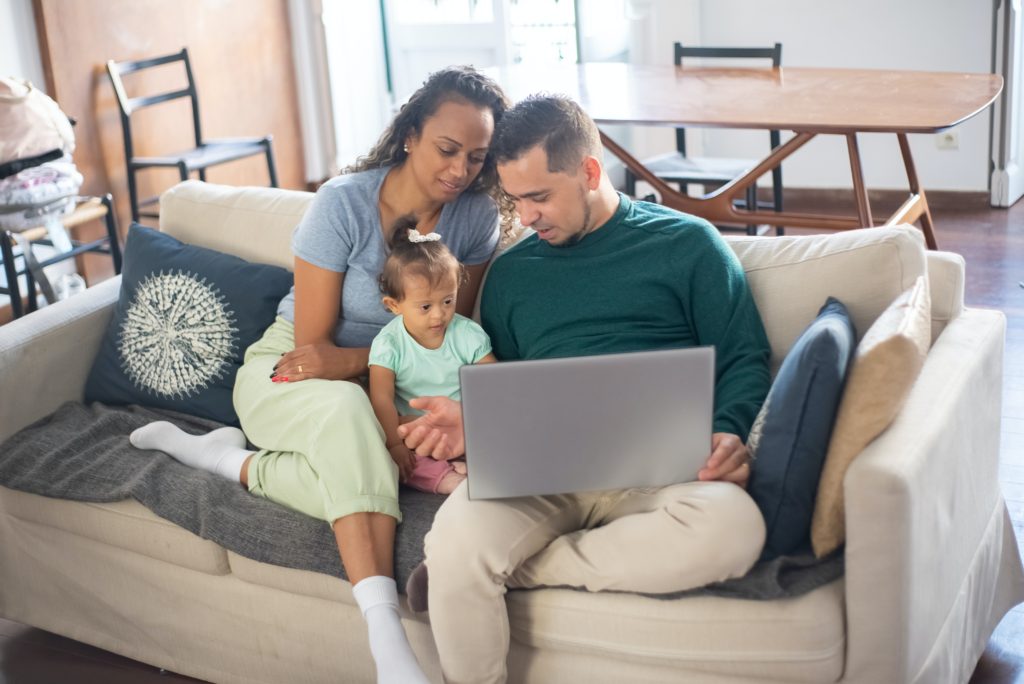Improving telehealth means ensuring there is equity at every level. Tools, technology and processes must be accessible and customized to meet the needs of all patients. The technology providers use also should offer enhanced options and have translation capabilities for those with a language barrier. Another way physicians can improve telehealth is by digitizing paper processes and working toward better care continuity.
There is work to be done to make telehealth more equitable. As part of VTN’s Equity & Telehealth series, we’ll be focusing on providing tips, tools, resources and educational content that surrounds several focus areas.
Social determinants of health
According to the American Hospital Association (AHA), 80 percent of a person’s health and wellbeing can be tied to their physical environment, economic stability, education, and food insecurity; while merely 20 percent can be tied to their access and quality of care. The social determinate of health (SDOH) is broadly defined as the structural determinants and conditions in which people are born, grow, live and work. Macon County, Alabama created a Telehealth EcoSystem™ Model, focusing on a three-step process for addressing SDOH in telehealth.
First, success is dependent upon cross-sector partnerships. Then, the next phase concentrates on the incorporation of telehealth and internet services to share data and electronic health records (EHR) across sectors and organizations. Phase three focuses primarily on the continued expansion of the Telehealth EcoSystem™ Model to further reach rural and vulnerable communities.
Underserved Localities
Telehealth providers must focus on increasing access to care for underserved communities if they want to deliver high-quality care to all. Points to consider as part of a comprehensive approach: moving beyond synchronous video consultations to audio-only consultations and mobile messaging to allow privacy and discretion. Making telehealth affordable — before, during, and after visits and connecting patients to services that address social determinants of health.
Older Adults
A frequent misperception is that older adults are unwilling or unable to use technology. Contrary to popular belief, most older persons (7 in 10) own and use a personal computer, smartphone, or tablet with internet connection. However, telehealth has a limited reach among older persons (e.g., only 11 percent feel comfortable using telehealth). Barriers to telehealth among older persons include provider misperceptions of interest, a lack of telehealth training/orientation in older adults, and telehealth platforms that do not provide for the needs of older adults. (Read: Tips for introducing Telehealth to Older Adults)
Patients w/ limited English proficiency
Patients whose first language is not English face significant challenges in procuring proper care, due to limited language options on commonly used telehealth platforms. From doctor’s office cancellation notifications to remote platform instructions, there are numerous processes that can be perplexing when just two or fewer languages are offered. For Limited English Proficient speakers in the United States, the new climate of remote healthcare commands a level of infrastructure which was not necessarily robust from the onset to support this new demand. Even with the right technological infrastructure, telehealth may not be an accessible option to almost 25 million patients with limited English, as well as the 22% percent of the total population ages 5 and older who speak a language other than English at home.
Racial disparities
Since the pandemic, racial and ethnic minorities are potentially in greater need of using telehealth because of the threats to their health. Telehealth can provide uninterrupted health care access during a crisis, but technological changes risk contributing to racial disparities. Policy changes that ensure parity in payment for telehealth visits may ensure that telehealth is accessible to all and not only during a national emergency.
Mental & Behavioral Health
Over one-third of Americans live in areas lacking mental health professionals. Telemental health care, while comparable to in-person service, is beneficial and affordable due to current technologies and adaptive designs, especially in rural regions. It gives the patients the safety, privacy and convenience to access care from the comfort of their home. Several studies show its effectiveness in various settings (e.g., telephone, videoconference) and mental health treatment (e.g., depression, substance use disorders).
Telehealth solutions offer a variety of new ways for rural facilities to care for their community, helping them reach patients who previously might not have had access to care. Equity in telehealth can help expand the reach of facilities, help them bring care to a larger portion of their community and reach underserved people.

